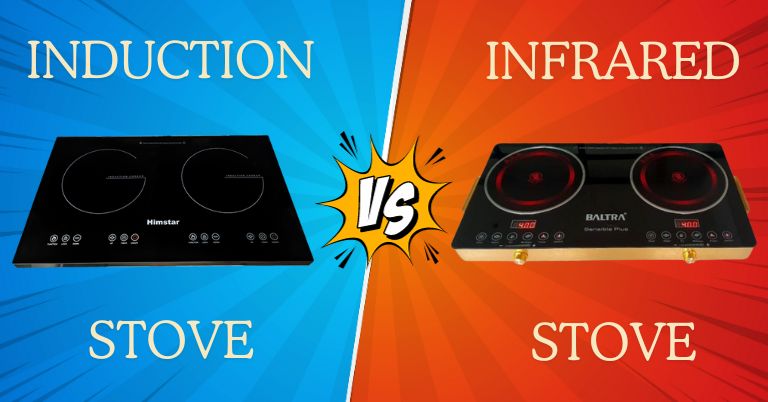
With the recent paradigm shift, the future is certainly “electric”! More and more electric options for consumer goods are flooding the market, and are gaining popularity. One such consumer goods is — electric stoves! In this article, we will talk about electric stoves, discuss induction vs. infrared, their good, their bad, and ultimately — which one should you choose?
Induction vs. Infrared Overview
Introduction
Firstly, an electric stove is a kitchen appliance that uses electricity to generate heat and, well, cook food. On the other hand, traditional stoves rely on various fuel sources such as LPG, wood, coal, etc. Since electric stoves use electricity as the energy source, it is much more clean and environmentally friendly.
There are different types of electric stoves in the Nepali market, including the OG electric clay heater. I believe all of us remember those — and some lucky ones of us have even gotten an electric shock from it. Anyway, I will sadly have to omit this nostalgic heater from the conversation because of its dwindling presence in the market.
After this we have two heavy hitters left — the induction stove, and the infrared stove.
Infrared Stove
First, let’s get the infrared stove out of the way. Because they are basically a reskinned version of the OG heater I was talking about earlier. They have a coil underneath the ceramic or glass surface that produces infrared radiation when electricity passes through it.
So, what is infrared? It’s basically, light that we cannot see. Even though infrared is invisible, it is not without heating properties. Thus, its utility for an electric stove, and cooking.
Under the hood, an infrared stove has a coil that heats up when electricity is passed through it. And the said heat is then transferred to the stove surface, then your cookware. After this, you cook your food in the heated cookware. As a result, an infrared stove has the following key properties:
- Uses infrared (a form of light) for heating
- Indirect heating (the stove surface heats up and transfers to cookware)
- You can use any utensils on it
- Produces residual heat (light as well)
Induction Stove
Now, an induction stove may look identical to an infrared stove, but its working mechanism is absolutely different! Where an infrared stove uses infrared radiation for heating, an induction stove uses magnetism or magnetic induction.
So, what’s going on is that an induction cooker also has a coil underneath its surface. But, when electricity is passed through it, the coil effectively turns into an electromagnet and produces a magnetic field instead of heat or infrared.
Then a cookware placed on top of it reacts to the magnetic field created by the coil and heats up. This is why an induction stove requires a utensil made of magnetic metal like iron or stainless steel. And yes! The heat is produced in the cookware itself on an induction stove rather than being transferred from an external source like the stove surface. Therefore, an induction stove has the following characteristics:
- Uses magnetic field
- You can only use utensils made out of magnetic metals
- The utensil itself heats up instead of the stove surface
- No residual heat or light is produced
Induction Stove vs. Infrared Stove
Now let’s get into the burning “heating” question! (Get it? Because there is no flame to burn. LOL!) Which one is better? Well, it depends on what matters the most to you. If I am to answer the question in one sentence — if you want versatility go for an infrared, and if you are looking for efficiency then induction is your guy.
Infrared Stove: Pros and Cons
As I have said earlier, an infrared stove accepts all sorts of cookware. So, you can easily replace your gas stove with it. No new utensils needed — no issue! Furthermore, it also works with no utensils on it so it also doubles down as a heater. Like I said, it’s versatile! But this is also its Achilles heel.
Since an infrared stove heats the stove surface, it produces residual heat and results in higher electricity consumption. So, while the infrared stove may be versatile, it isn’t as energy efficient as an induction stove. Additionally, the hot stove surface may lead to accidental burns, if you are not careful.
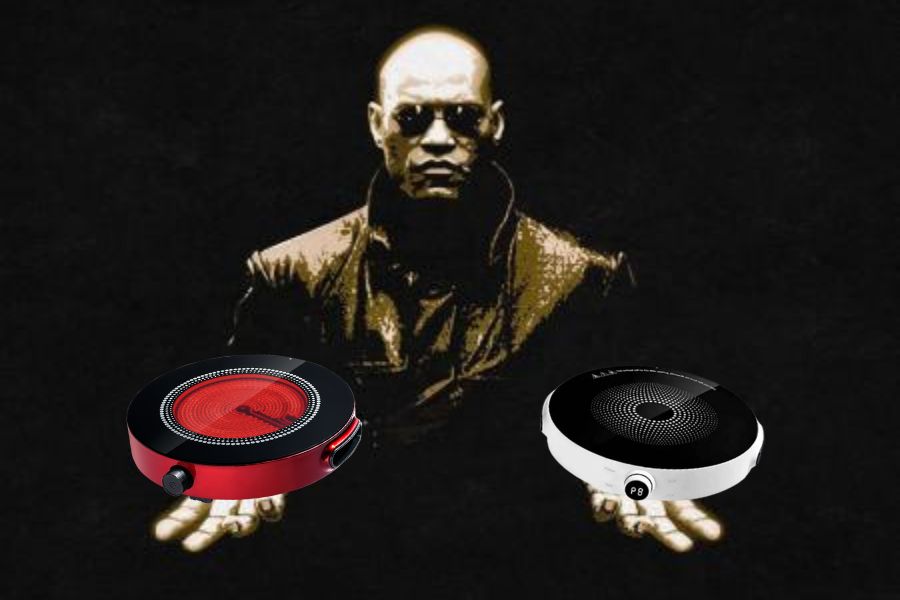
Induction Stove: Pros and Cons
On the other hand, an induction stove only works with certain utensils. This sounds like a bummer, but, also is a blessing in disguise! This is because when the cookware criteria are met — the induction stove directly heats your pots instead of something else in the middle. This results in minimal energy leakage. Furthermore, it doesn’t run unless you put a utensil on it, so an accidental burn from a hot stove surface — is nigh impossible!
Matter of fact, the warmth you feel on the stove surface is because the cookware heating the surface instead of the other way around. So if you have kids in your family, this could be quite beneficial for you. Meanwhile, if you are someone who has a pacemaker, then you may want to avoid an induction stove as much as you can. This is because the magnetic field it produces may interfere with your pacemaker — and no joke — endanger your life!
Personal Verdict
Now that we have discussed “induction vs. infrared” in much detail. I want to tell you what my personal preference is… Well! I am more of an induction guy! Initially, I rooted for the infrared stove, not gonna lie. However, I was later attracted to the magnetic option (pun intended).
This is because an induction stove is a lump-sum, but a long-term investment. Meaning, yes, you will have to buy the stove and a separate set of utensils at the beginning. But, you will eventually make up for it by consuming less electricity in the days, months, and years to come in which you will be using the induction stove.
Additionally, you may not even need to buy an entire set of utensils when you get an induction stove anyway! This is because “you need a right-sized, flat-base utensil to work with the induction” is actually a myth. Any cookware — as long as it is cast iron or stainless steel — will work just fine. It won’t be optimum — sure, but it will work nonetheless. So, look around your pantry for all the stainless steel and iron pots and pans you may have lying around. Those could really come in handy!
- You may also like
Still undecided on which one to choose — even after the whole “induction vs. infrared” spiel? Why not opt for…
The BEST of Both Worlds!
You also get an induction / infrared combo stove in the market these days. As the name suggests, this type of stove comes with an induction on one of the tops and an infrared on the other. This will give you a lot more utility. The BEST of both worlds, literally!
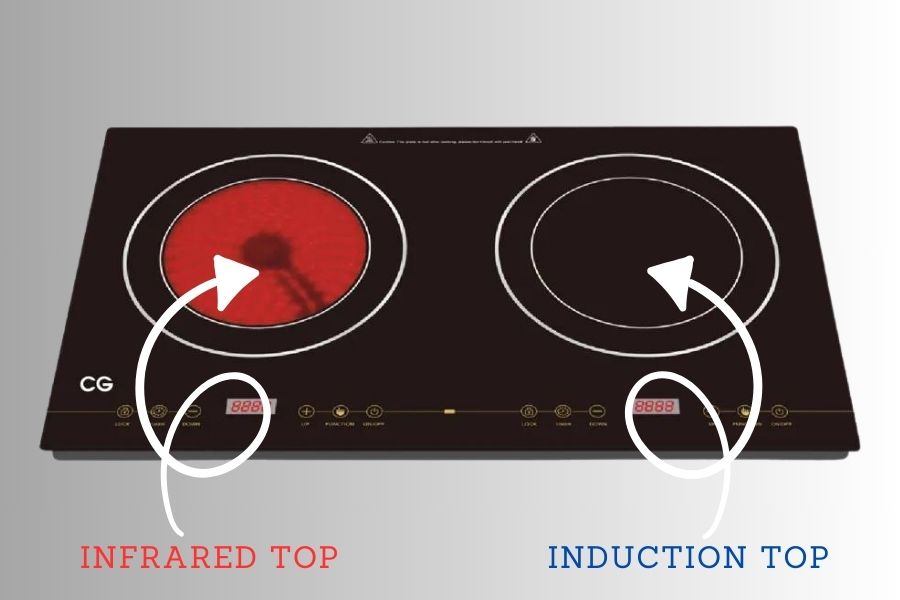
Induction vs. Infrared: Conclusion
In conclusion, induction and infrared are two different technologies with their unique advantages and drawbacks. At the end of the day, it’s not really induction vs. infrared that matters. It’s actually electric stoves vs. traditional stoves.
As such, no matter which electric option you choose — you will still be better off than using something like LPG! Especially in this economy, where the price of petroleum is all-time high and still on the rise. Thus, whatever your choice may be, going electric in your kitchen is still a better option. For the environment, for the national economy, and your pocket too. So, let’s go electric! CHEERS!
- Meanwhile, check out our Munal Satellite video











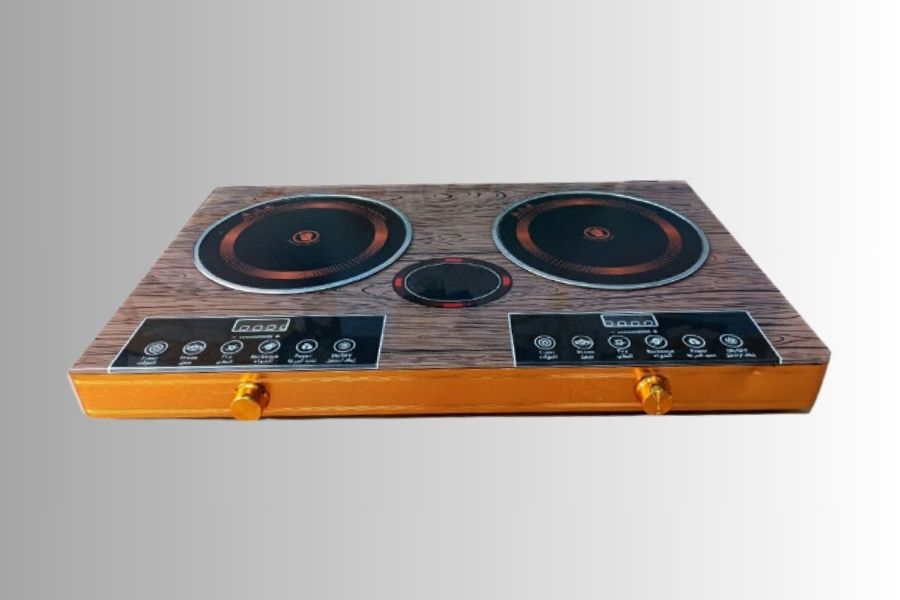
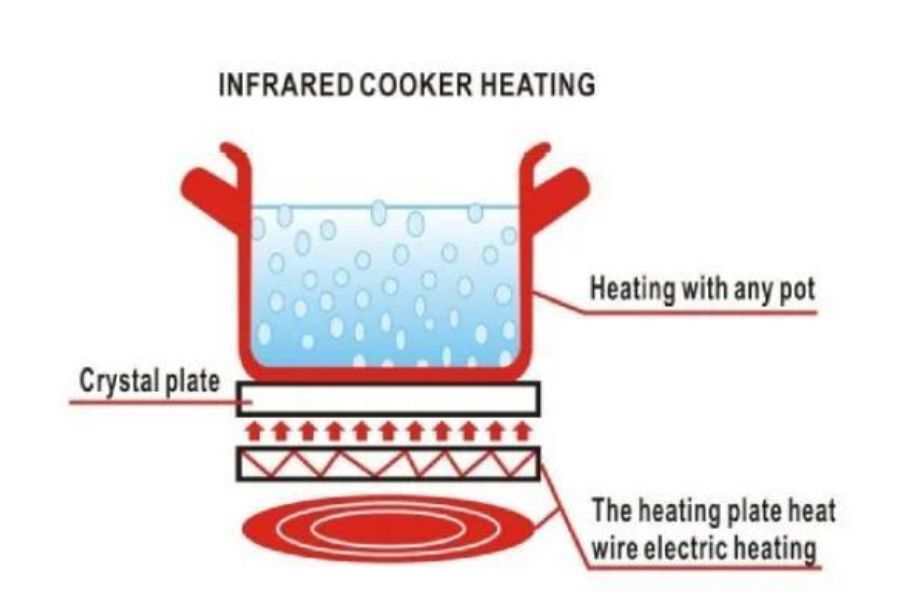
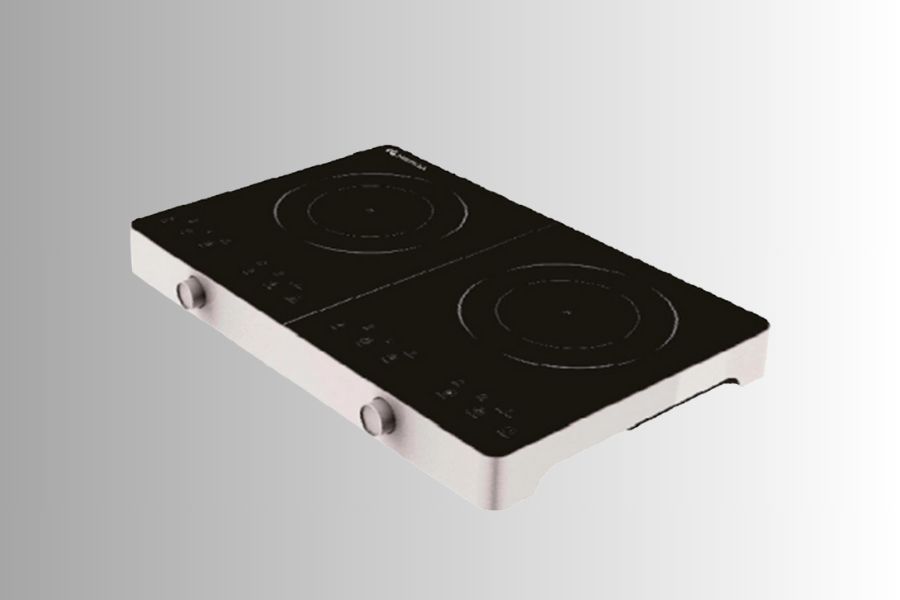
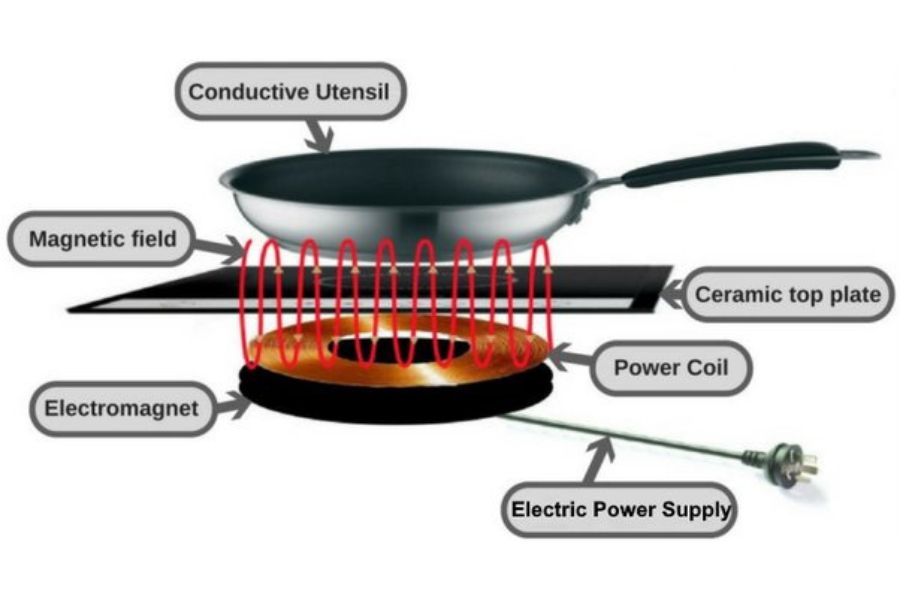





![Best Ultrabooks To Buy in Nepal 2024 [Updated] Best Ultrabook Laptops in Nepal 2023 - June Update](https://cdn.gadgetbytenepal.com/wp-content/uploads/2023/04/Best-Ultrabook-Laptops-in-Nepal-2023-June-Update.jpg)
![Best Gaming Laptops in Nepal 2024 [Updated] Best Gaming Laptops in Nepal 2023 - June Update](https://cdn.gadgetbytenepal.com/wp-content/uploads/2023/04/Best-Gaming-Laptops-in-Nepal-2023-June-Update.jpg)


![Best Mobile Phones Under Rs. 15,000 in Nepal [Updated] Best Phones Under 15000 in Nepal 2024 Budget Smartphones Cheap Affordable](https://cdn.gadgetbytenepal.com/wp-content/uploads/2024/03/Best-Phones-Under-15000-in-Nepal-2024.jpg)
![Best Mobile Phones Under Rs. 20,000 in Nepal [Updated] Best Mobile Phones Under NPR 20000 in Nepal 2023 Updated Samsung Xiaomi Redmi POCO Realme Narzo Benco](https://cdn.gadgetbytenepal.com/wp-content/uploads/2024/01/Best-Phones-Under-20000-in-Nepal-2024.jpg)
![Best Mobile Phones Under Rs. 30,000 in Nepal [Updated]](https://cdn.gadgetbytenepal.com/wp-content/uploads/2023/12/Best-Phones-Under-30000-in-Nepal-2024.jpg)
![Best Mobile Phones Under Rs. 40,000 in Nepal [Updated] Best Phones Under 40000 in Nepal 2024 Smartphones Mobile Midrange](https://cdn.gadgetbytenepal.com/wp-content/uploads/2024/02/Best-Phones-Under-40000-in-Nepal-2024.jpg)
![Best Mobile Phones Under Rs. 50,000 in Nepal [Updated] Best Phones Under 50000 in Nepal 2024 Smartphones Midrange](https://cdn.gadgetbytenepal.com/wp-content/uploads/2024/02/Best-Phones-Under-50000-in-Nepal-2024.jpg)
![Best Flagship Smartphones To Buy In Nepal [Updated] Best Smartphones in Nepal 2024 Flagship Premium Samsung Apple iPhone Xiaomi OnePlus Honor](https://cdn.gadgetbytenepal.com/wp-content/uploads/2023/09/Best-Smartphones-in-Nepal-2024.jpg)